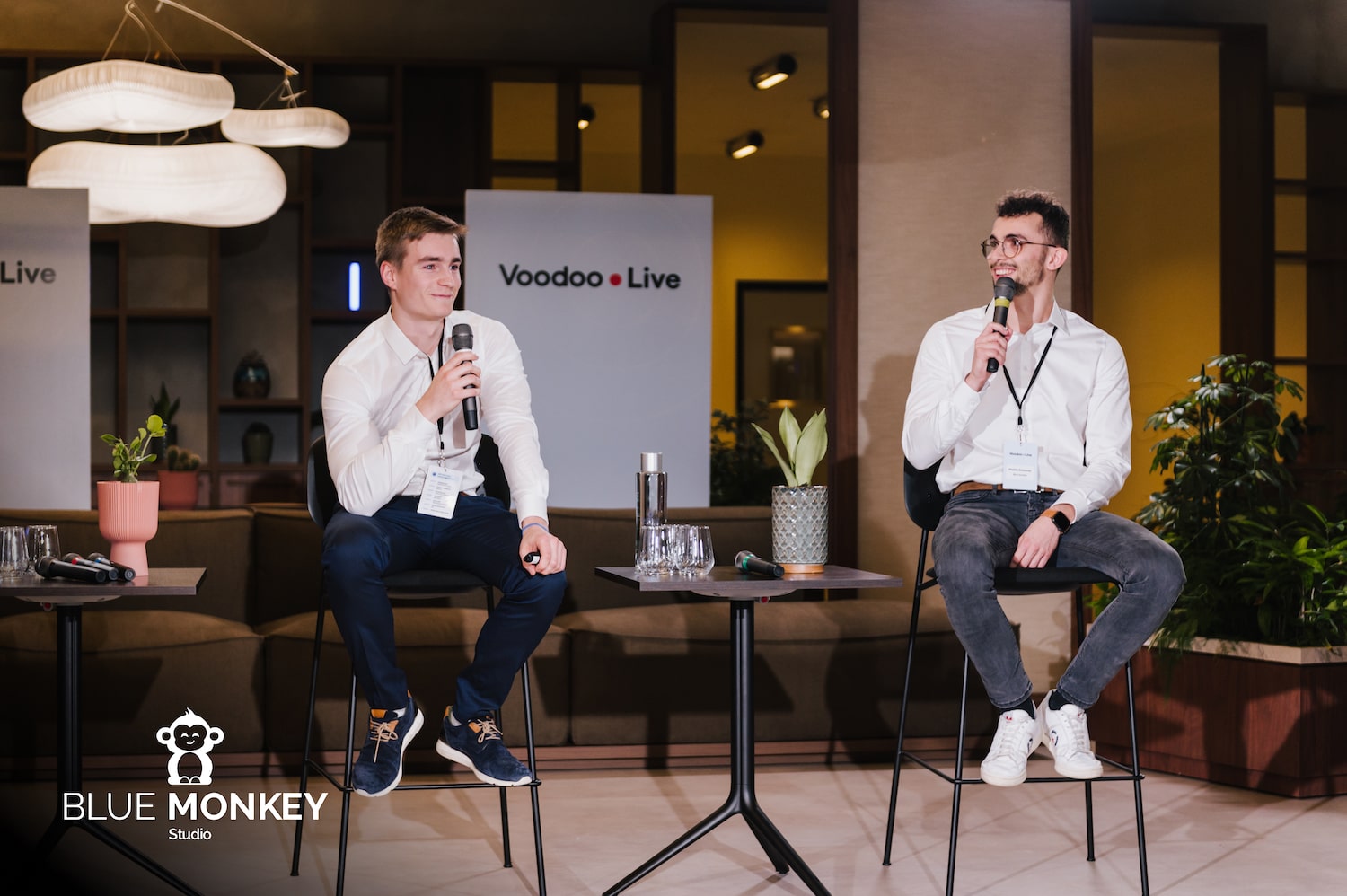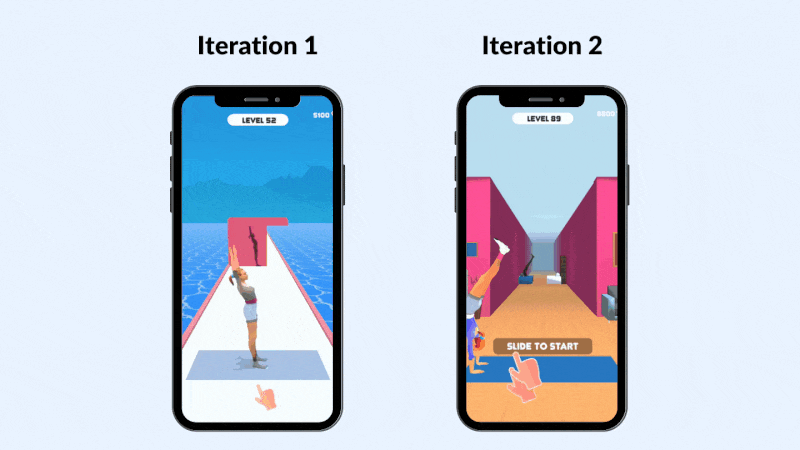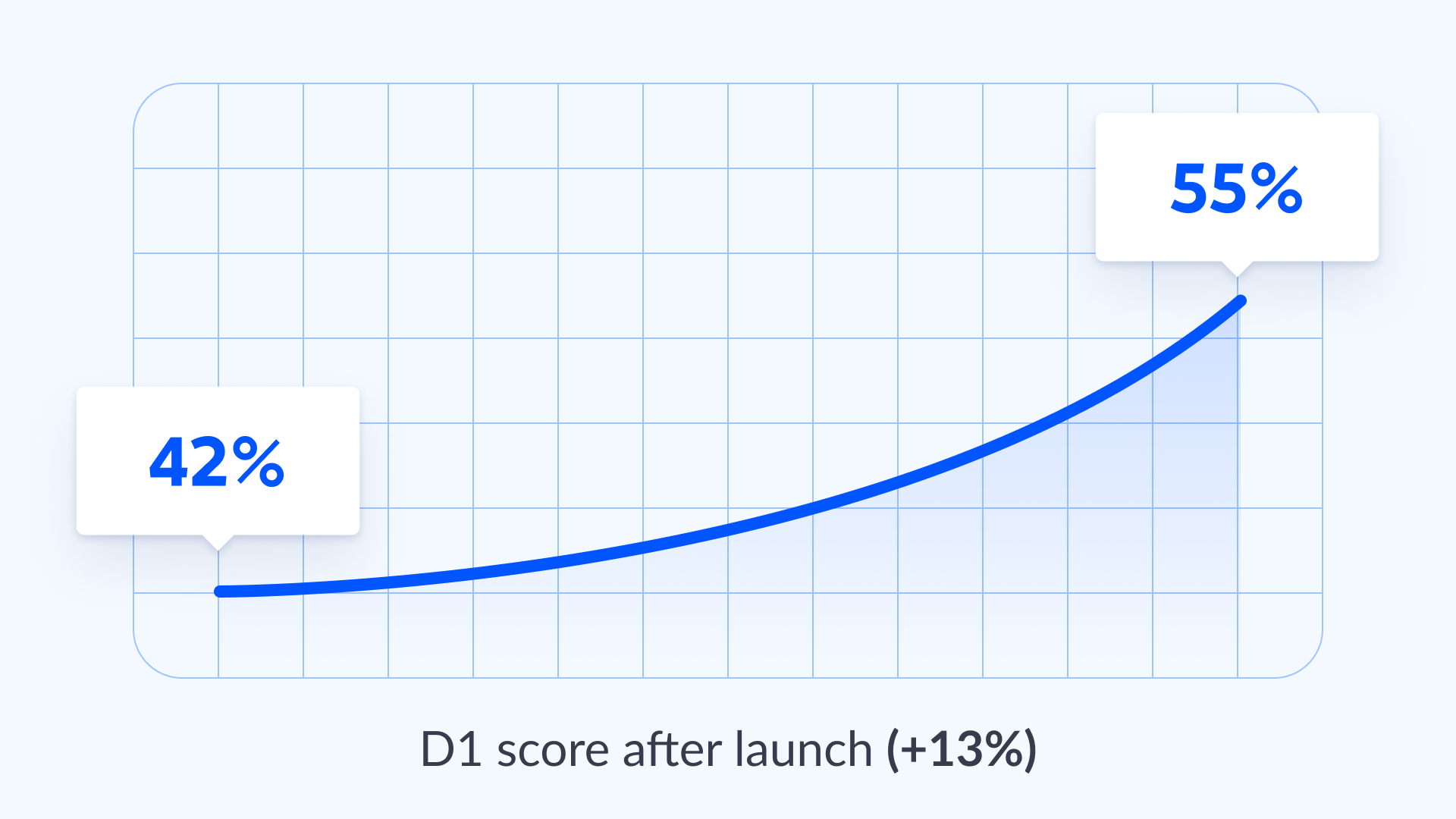The two co-founders, Harvey and Mathis, joined us at the recent Voodoo Live event in Paris to reveal exactly how they managed to bag their first hit game in such little time. Read on to find out more about Flex Run 3D and their three key secrets to success.




